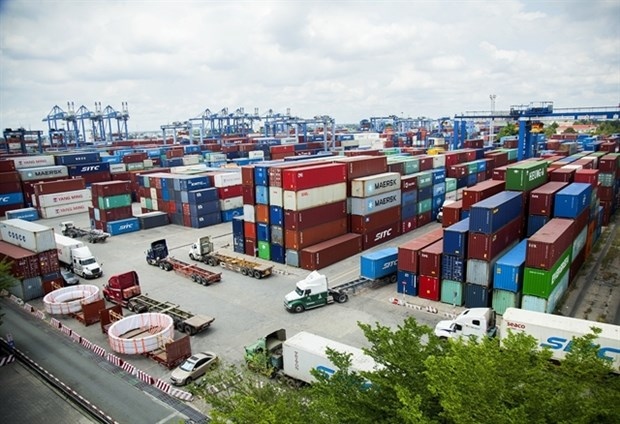High logistics costs hurt Vietnam’s economic competitiveness
Inadequate transport infrastructure and connectivity, and domestic enterprises’ low capacity and slow technology adoption and digital transformation are hindering the otherwise rapidly growing logistics industry, experts have said.
The industry has grown rapidly along with the economy, trade, manufacturing, and e-commerce.
The logistics industry is growing at an average of 14-16% a year and worth US$40-42 billion a year, said Tran Thanh Hai, Deputy Director of the Ministry of Industry and Trade’s Agency of Foreign Trade.
Transport infrastructure has received large investments in recent years, with new seaports and airports being built.
But the development has not been in lock step and so failed to meet the growing demands of the logistics industry, Hai told a roundtable in Ho Chi Minh City on August 10.
A large number of businesses are involved in logistics, but most of them are small or medium-sized with limited capital, information technology application, digital transformation, and human resources. This has led to high costs, he said.
Dang Vu Thanh, Vice Chairman of the Vietnam Logistics Business Association, said the industry has yet to fully tap its potential.
He pointed out that the poor transport infrastructure and connectivity between seaports, airports, warehouses, and industrial parks are hampering the development of the industry.
Logistics costs are equivalent to around 18% of GDP, much higher than in other countries, he said.
The high logistic costs reduce the competitiveness of the country’s exports and economy, and lowering them is a pressing concern, he added.
Mike Bhaskaran, group chief operating officer for digital technology at DP World, said to help businesses improve their trade capacity and support the development of logistics businesses, Vietnam needs to increase its visibility and transparency through promoting the development of the Internet of Things and GPS tracking system and improve its ability to predict market trends.
On the business side, it must transform management technology to enhance automation, reduce delivery times and improve internal supply to reduce logistics costs, he added.
The roundtable was held on the sidelines of the inaugural Vietnam International Logistics Exhibition that opened at the Saigon Exhibition and Convention Center on August 10.

